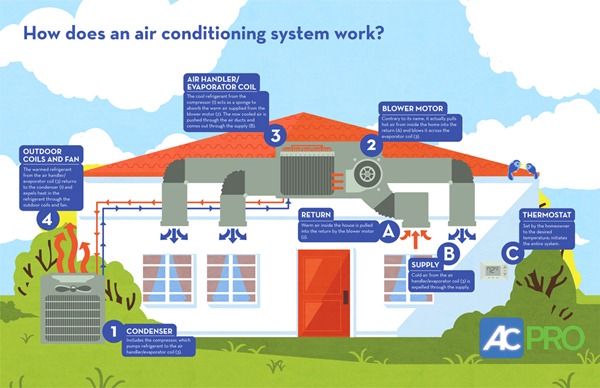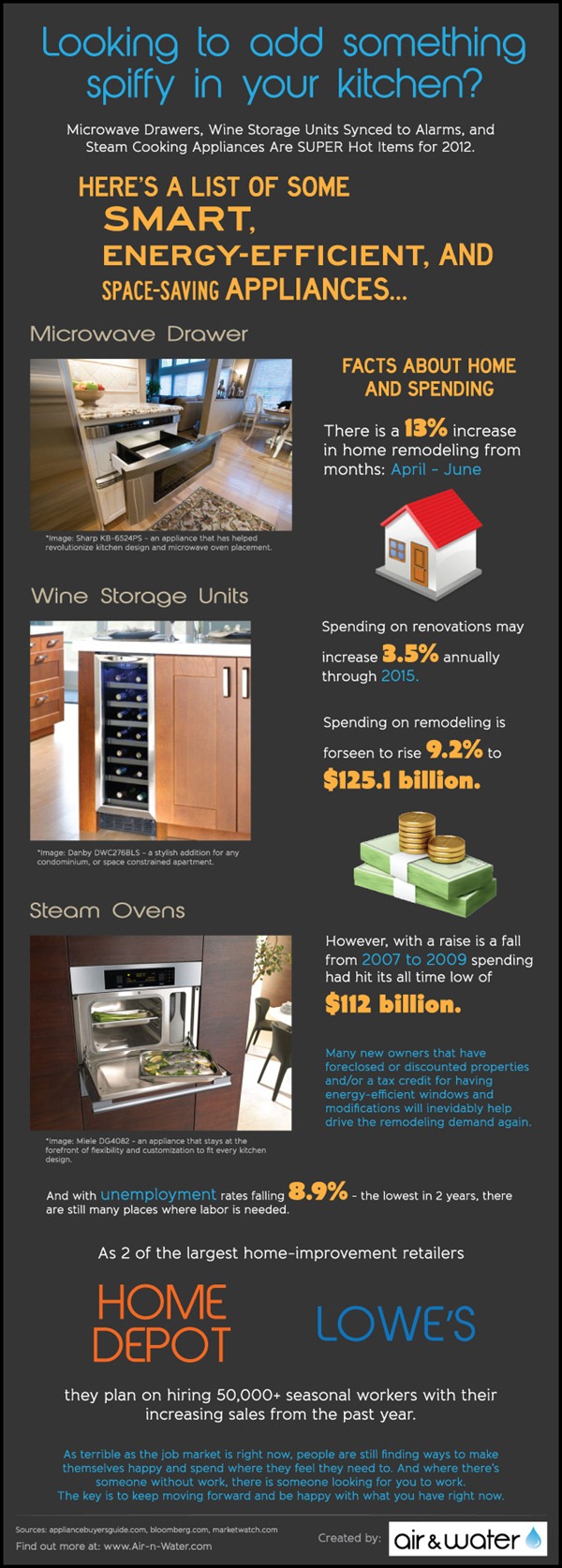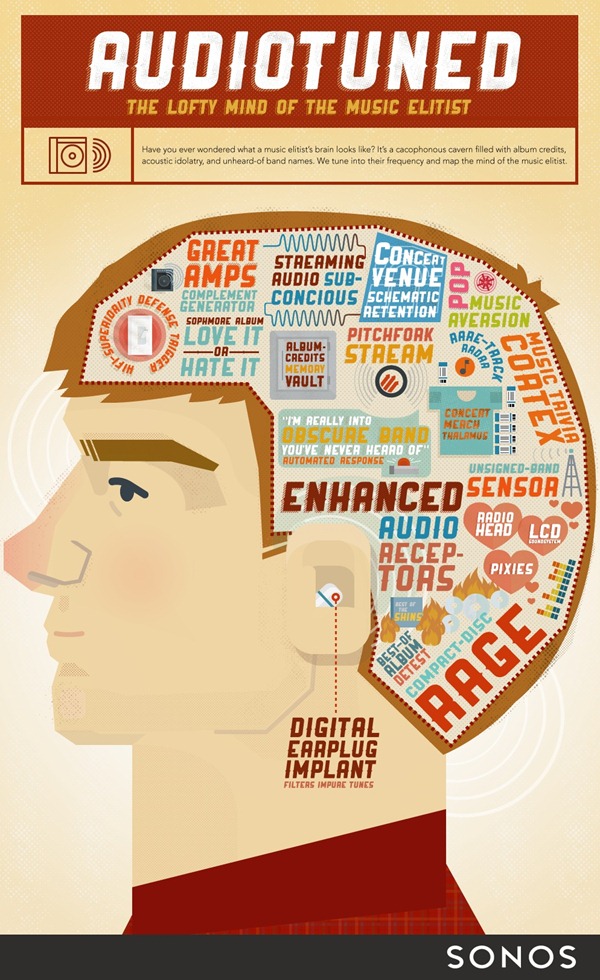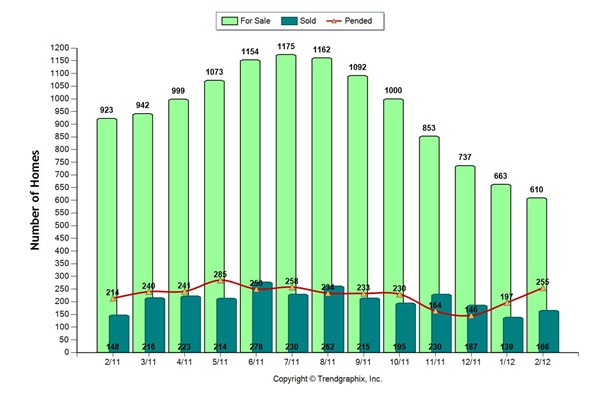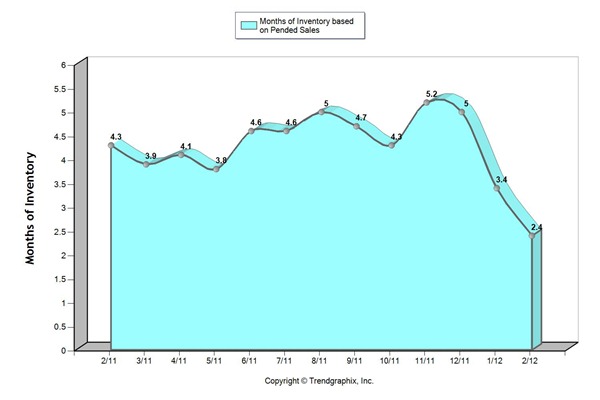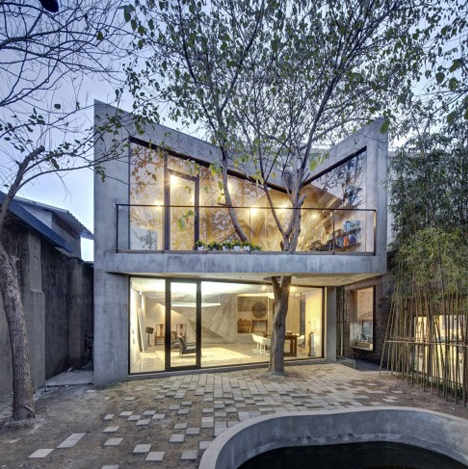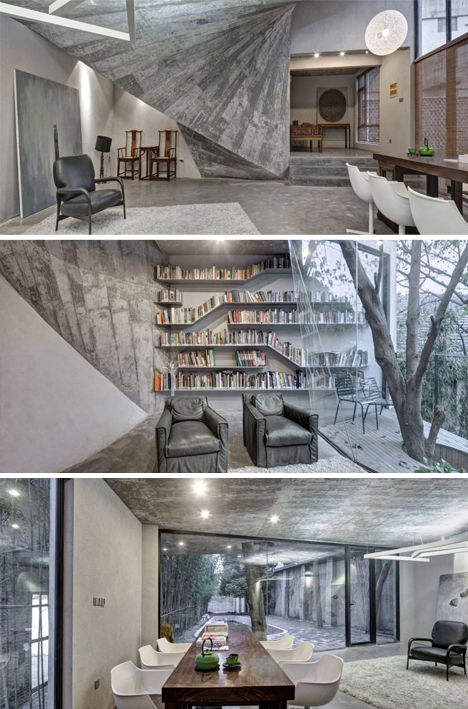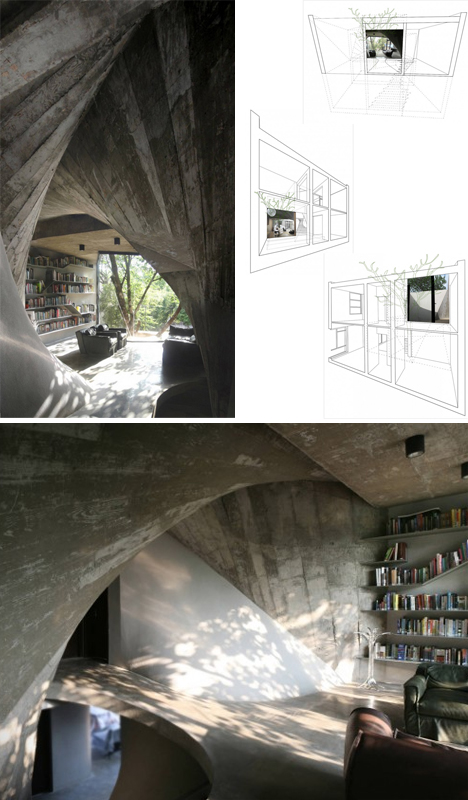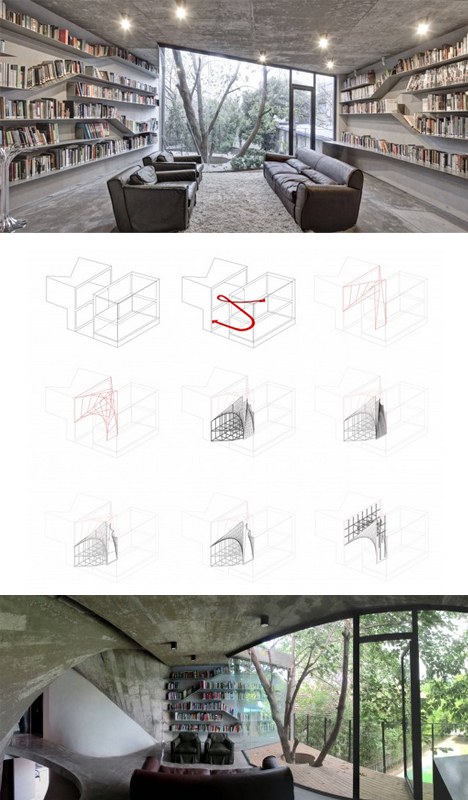 Pundits and professionals give varying answers to the question of what a housing recovery looks like. According to the Housing Guru Blog, some see it as a return to the home values seen before the crash; others define it as the annual rate of over 8 million sales. And still another camp believes that neither picture is realistic.
Pundits and professionals give varying answers to the question of what a housing recovery looks like. According to the Housing Guru Blog, some see it as a return to the home values seen before the crash; others define it as the annual rate of over 8 million sales. And still another camp believes that neither picture is realistic.
Economist Paul Dales at Capital Economics notes that Americans ought to pay greater attention to a different indicator — accelerated home sales. CNN Money reports that existing home sales reached 4.26 million in 2011, up from 4.19 million transactions in 2010. And in the past six months, total homes sales have gone up by 13%. The positive growth in sales is a sign that the market is recovering. Additionally, if the benchmark of health is an inventory at or below 6 months, then January’s supply of 6.1 months is good news. But it gets complicated. Some analysts were disappointed by February’s numbers, particularly with the slight fall impending home sales by one half of a percent month-over-month. All eyes will be on March’s stats.
In spite of what appears to be a sluggish recovery, housing continues to be more affordable than renting, due in large part to cheap interest rates and low property prices. Trulia reports that in 98 out of the top 100 housing markets, buying is indeed more affordable, the two exceptions being Honolulu and San Francisco. Cities that have strong long-term growth prospects and limited land to expand should expect to see a rebound in prices over time, whereas older areas with limited growth may remain static. So there’s more than one way to look at recovery, and the expectation that housing prices regain pre-recession levels may be neither feasible nor desirable.
Let me know how I can help: 206-713-3244 or email me.
